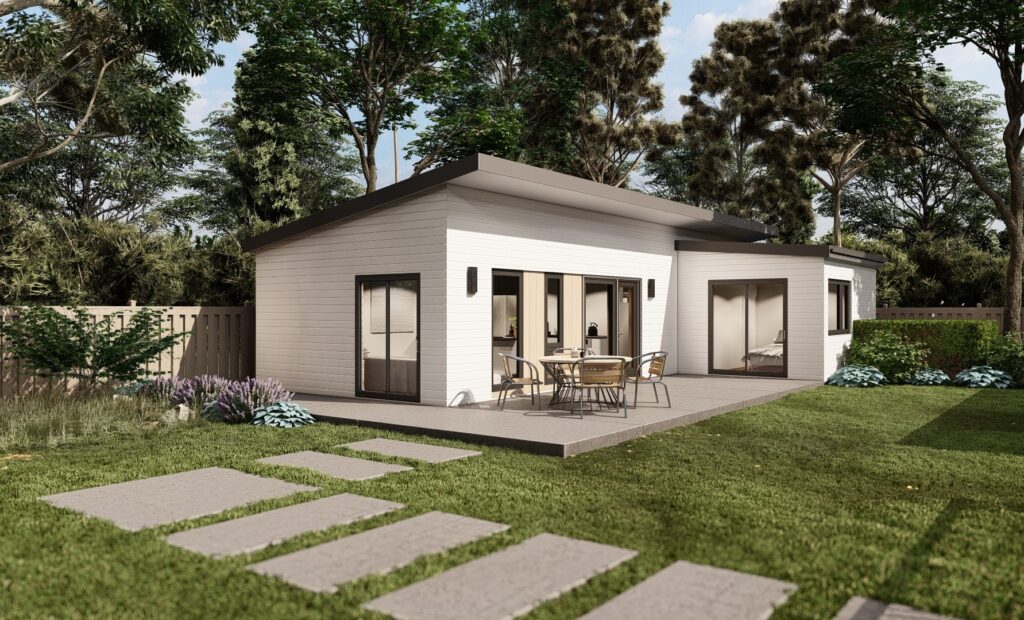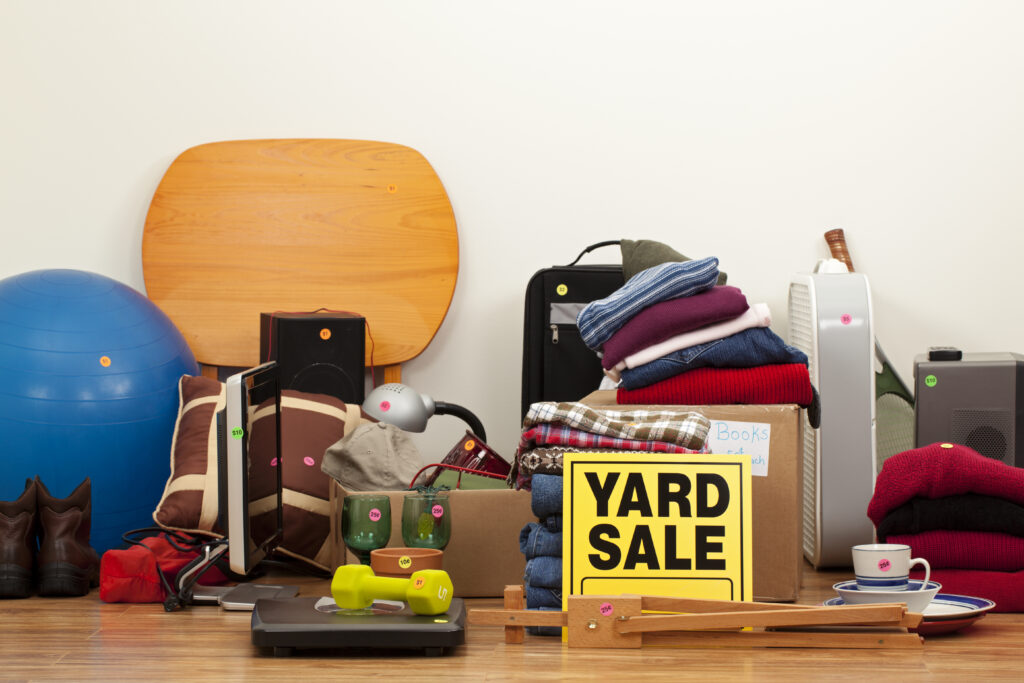An Accessory Dwelling Unit (ADU) can be a great addition to your property, whether you’re looking to provide housing to a family member, bring in a steady rental income, or just add to your property’s value. Building one can seem daunting, especially on a tight budget. But with some careful decision-making, you can add an ADU without draining your bank accounts. Here’s how to build an ADU on a budget.
1. Understand your local laws
Before you jump into any construction project, it’s important to understand your local zoning laws and building regulations related to ADUs. These regulations can affect everything from the size and placement of your ADU to the types of materials you’re allowed to use. Start by visiting your city or county’s planning office or website. Understanding these rules upfront can save you from costly mistakes and redo’s down the line.
2. Choose the right type of ADU for your needs
ADUs come in many forms: freestanding new construction, garage conversions, basement conversions, or as additions to existing structures. Each type has different cost considerations.
– Detached ADUs are generally the most expensive because new construction costs more than any other option. But they typically offer more privacy and will probably bring in higher rental income.
– Garage conversions can be a more budget-friendly option, since the basic structure is already in place. (But then you won’t have a place to park your car, or store your other garage-y things!)
– Basement conversions can be more cost-effective, too, as long as your basement has ‘good bones’ and won’t need too much excavation or structural reinforcement to be turned into an ADU.
– Additions use parts of your home that are already there, which could save money but might also involve more complex design and construction challenges.
Weigh the pros and cons of each type based on your specific situation and budget.
3. Set a realistic budget
Once you decide on the type of ADU you want, it’s time to crunch numbers. Create a detailed budget that includes all potential expenses — construction, permits, design, utilities, and landscaping. Don’t forget to factor in at least 10-20% extra for unexpected costs, which are almost certain to happen in any construction project. Sticking to your budget will take careful management, but it’s absolutely critical for keeping your costs down.
4. Design wisely
When it comes to the design phase, keeping things simple saves money. Go for a straightforward, compact design that makes efficient use of the space. Open floor plans, standard window sizes (so you don’t have to pay for custom), and minimalist finishes can reduce costs massively. Use design software or consult with an architect who has experience in creating budget-friendly designs.
5. Choose your building materials and construction type carefully
The materials and construction methods you choose can have a huge impact on the cost of your ADU:
– Modular or prefab units can be much cheaper than custom builds. These are factory-made and delivered to your site, which can save on labor costs and minimize construction time.
– Recycled or reclaimed materials not only cut costs but also add character to your ADU. Check out local salvage yards, online marketplaces, flea markets, and sites like Nextdoor and Facebook Marketplace for deals.
– Try to DIY for anything you can. If you have the skills, doing some of the work yourself can save money. Simple tasks like painting, installing fixtures, or finishing touches are things you can probably do without professional help. (YouTube is a great resource to learn how to do these types of things!)
6. Shop around for contractors
If you need to hire a contractor, get multiple bids to make sure you’re getting the best deal. Look for contractors with experience in building ADUs and check their references thoroughly. Sometimes, smaller companies or less established contractors offer lower rates to establish their reputation in the market.
7. Optimize utility use
Plan for long-term savings by making your ADU energy-efficient. This includes proper insulation, energy-efficient windows, LED lighting, and high-efficiency heating and cooling systems. These features might cost more upfront but they reduce utility bills and increase the value of the ADU over time.
8. Financing options
Finally, consider how you will pay for your ADU project. If you don’t have enough cash on hand, options like home equity loans, personal loans, or construction loans might be worth exploring. Some states also offer grants and incentives for building ADUs, especially if they’re used for affordable housing.









